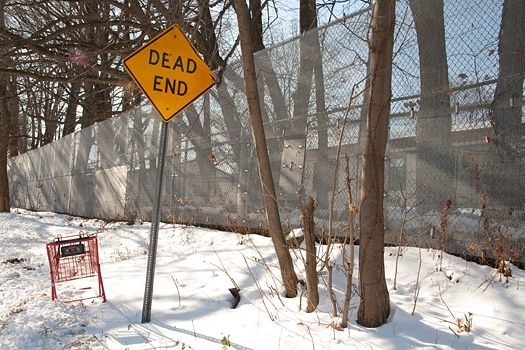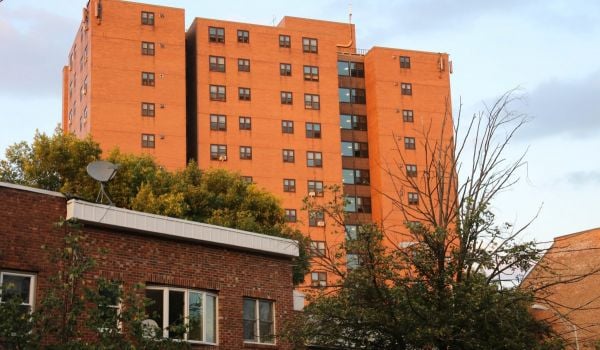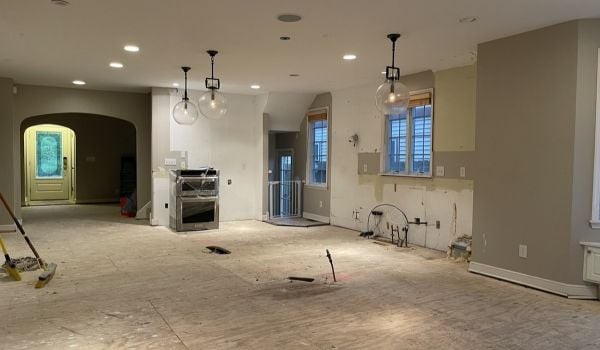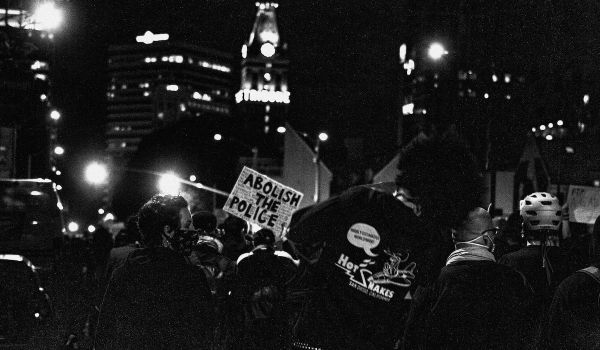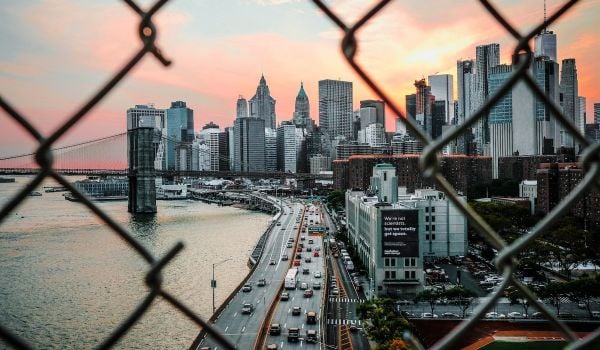Located just north of New Haven, Hamden is a suburb that extends naturally from the central city. The border between the two isn’t well marked; houses and shops sit across the street from one another in each respective city.
Those conditions apply pretty universally, with the notable exception of a small pocket of New Haven just east of West Rock park, where all connections between the two cities have been cut off by a 12-foot tall fence.
“It was the ultimate symbol of suburbs walling themselves off from cities,” journalist Paul Bass told me. Several decades ago — no one I interviewed can remember the exact date — the City of Hamden decided to build a barrier that blocked off New Haven’s Brookside and Rockview Circle public housing projects. The effect? New Havenites were instantly isolated from Hamden, whose shops were far closer as the bird flies than those in Downtown New Haven, on the other side of the city.
According to Thomas MacMillan, Bass’ colleague at the New Haven Independent, an online newspaper, “The people who live there have to take a couple of buses to get into Hamden, even though it’s just feet away.” This lack of mobility frustrated the lives of thousands of the area’s inhabitants over the years. It increased the time necessary to complete shopping trips and made getting to and from jobs on the other side of the city line far more difficult than ought to have been necessary.
The physical isolation of the projects’ inhabitants put them on edge, producing a ghettoized environment that only reinforced existing social pathologies. “The buses wouldn’t run there after eight because the crime was so bad,” Bass recalls. “The fire department wouldn’t go into the neighborhood without a police escort.”
Over the years, the fence grew taller as Hamdenites’ fears of the projects’ inhabitants expanded.
Last year, New Haven’s Housing Authority began the demolition of some of the buildings first constructed in 1951 in preparation for a $173 million remaking of the area into a mixed-use neighborhood. The new development will feature a number of owner-occupied units in addition to public housing rentals. The Authority’s Executive Director Karen DuBois-Walton told me that she thinks the new design will cure many of the older project’s flaws. “It’s been our experience everywhere,” she said. “Redevelopment efforts have really changed the face of neighborhoods.”
In the meantime, DuBois-Walton hasn’t pushed to take down the fence because she hopes that the success of the rebuilt community will encourage Hamden to do it on its own. And, she argues, “It’s not our fence to take down,” since, after all, it’s not in New Haven.
In recent months, Bass’ Independent has aired multiple grievances of the parties on both sides — the mostly elderly residents of the remaining structures who simply want to be able to walk to buy groceries and the middle class homeowners of Hamden who remain concerned about crime. In an interesting twist, residents on both sides of the fence are mostly African-American. The story turns the typical race-based city-suburb confrontation on its head.
Hamden’s new mayor is open to the idea of the fence’s removal — but only in three years, once the health of the new neighborhood can be confirmed.
For those still living on the New Haven side of the fence, it’s a depressing situation. Their ability to go about their daily activities is literally walled off by fearful suburbanites, who are unwilling to expose themselves directly to the poor people that live just adjacent. At least for now, though, safety is most important for the suburbanites, who hold the power to remove the fence.
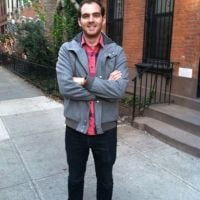
Yonah Freemark is a senior research associate in the Metropolitan Housing and Communities Policy Center at the Urban Institute, where he is the research director of the Land Use Lab at Urban. His research focuses on the intersection of land use, affordable housing, transportation, and governance.

